Love everything fall? These seasonal items in your home could be dangerous for your pets
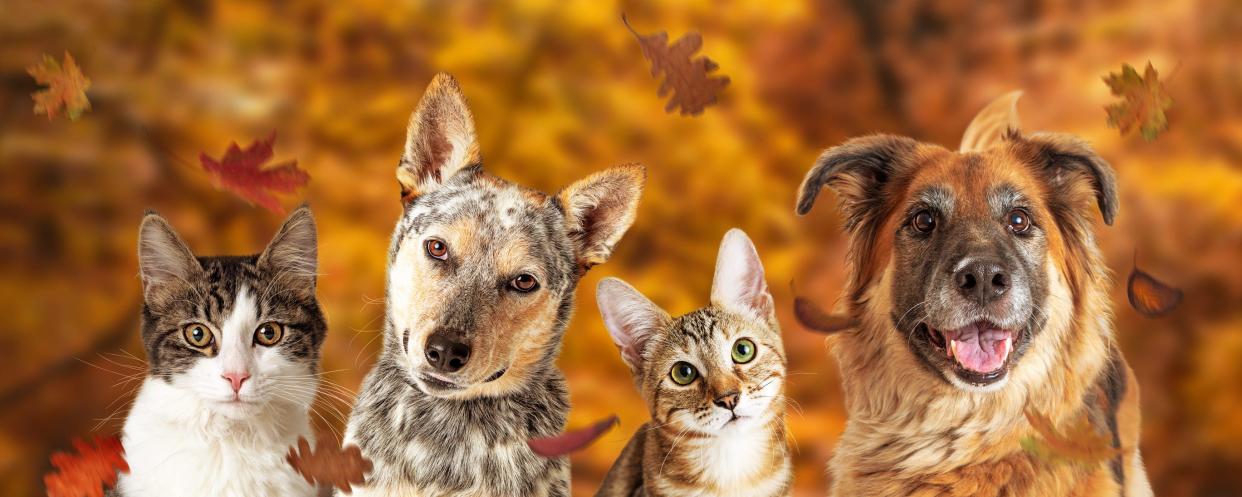
Who can resist the draw of autumn? The beginning of the holiday season, autumn means two days of celebration, the approach of cozy sweater weather, beautiful leaves and the opportunity to enjoy seasonal smells and tastes like pumpkin spice and apple cider.
The season comes with plenty of opportunities for festive fun for all members of the family, pets included. Whether taking them on an afternoon stroll to enjoy the colorful scenery or bringing out their extra favorite fluffy blanket, animal companions of all kinds can appreciate fall alongside their owners.
While pet parents love to include the smallest members of their family in the seasonal merriment, it's important to remember that indulging in all things fall can bring some sneaky dangers into our lives and homes. From that pumpkin scented candle to the mini-meal you share with your pooch on Thanksgiving, it is important to remain vigilant in keeping our beloved pets happy and healthy.
Even the biggest animal lovers may not realize that the lovely flower spotted on their walk or that leaf pile their furry friend loves to play in can contain some hidden covert dangers. Check out this list of common seasonal pet hazards to avoid this year and years to come.
Foods
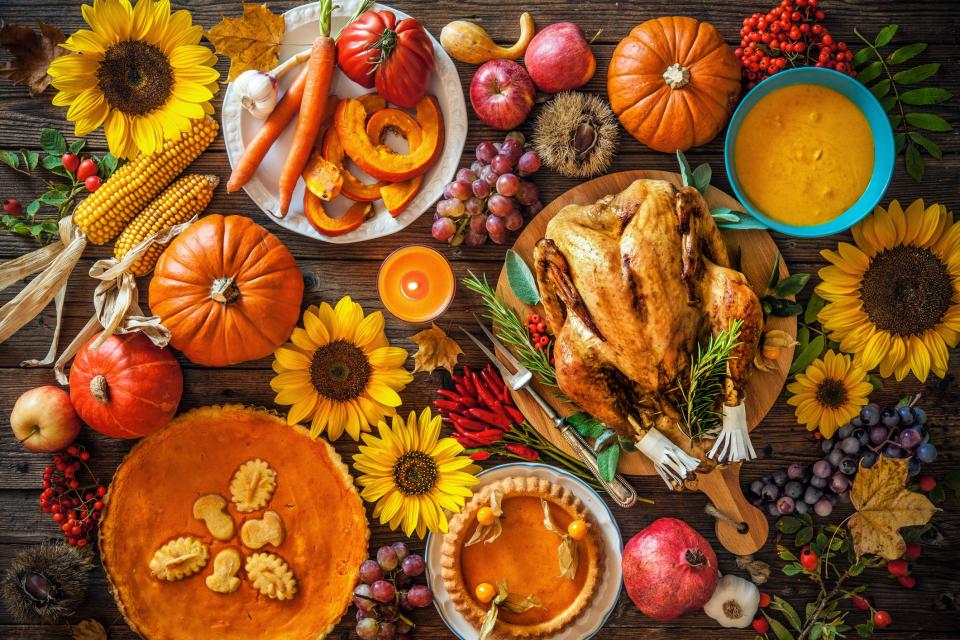
With Halloween and Thanksgiving taking place in autumn, we might feel inclined to share the celebratory food bounty with our beloved furry friends. That said, there are a number of "people foods" that can cause harm to our pets in a variety of ways, from choking and obstruction to toxic chemicals and gastrointestinal distress. Here are some seasonal foods that should be avoided.
Corn cobs can cause choking, obstruction and gastrointestinal injuries.
Apple seeds contain toxin cyanide.
Nuts, especially macadamia nuts, can cause vomiting, tremors, and paralysis.
Chocolate and cocoa contain theobromine and caffeine, both of which are dangerous for dogs and cats.
Cooked bones splinter when chewed on, causing chocking and gastrointestinal injuries, but uncooked bones can be safe.
Onions and garlic are toxic to pets and cause red blood cell damage and gastrointestinal distress.
Any alcohol can cause intoxication, confusion and distress, vomiting and further complications.
Seasoned meats can easily cause gastrointestinal upset and should be avoided in favor of deboned, unseasoned, skinless meat.
Grapes and raisins are also a year-round threat that cause kidney failure.
Pumpkin spice, nutmeg, cinnamon and spices can cause tremors, vomiting and central nervous system issues. However, plain cooked pumpkin can be beneficial in a pet's diet.
Xylitol-sweetened products can include anything from Halloween candy to Thanksgiving pies. This artificial sweetener can lead to hypoglycemia, resulting in seizures and liver failure.
Peanut butter and cats: Is it safe to feed my cat peanut butter? Your feline's dietary restrictions explained.
Candles, diffusers, and other scents
For many of us, "fall" is synonymous with the cozy smells of leaves, apple cider, pumpkin spice and roaring fires. While bringing these scents into our home via artificial means like candles and diffusers can help get us in the autumn spirit, they can also put animals at risk.
Candles
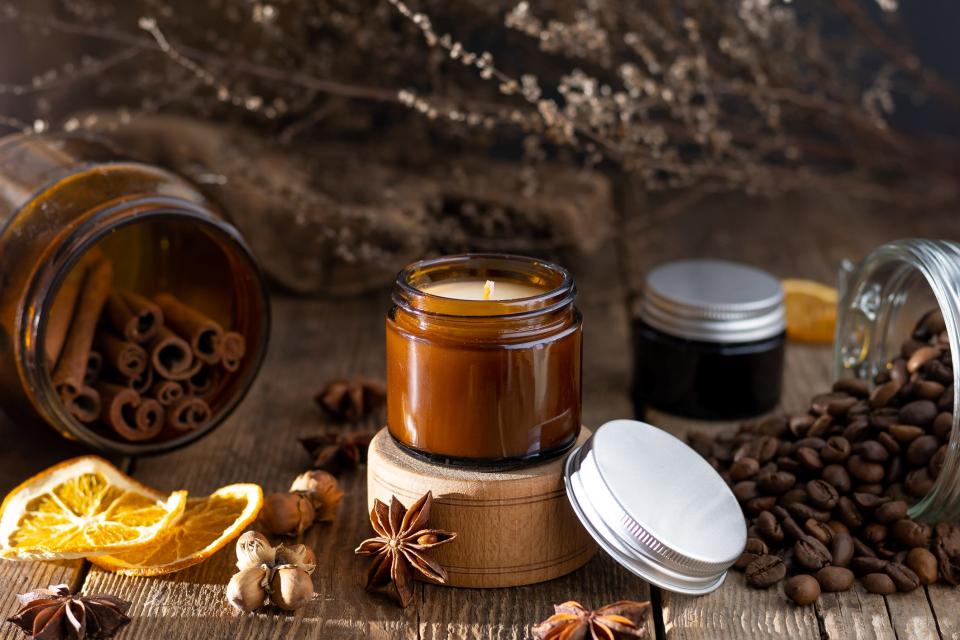
Who doesn't love a good autumnal candle? There's nothing like the scent of pumpkin spice or apple cider to get you feeling festive. Setting the seasonal mood can come with risks both to the people and the pets in the house, however.
An obvious danger of candles is the presence of an open flame, especially in a household with children or animals. Curious pets and kids can easily burn themselves while investigating or end up knocking the candle over completely, potentially causing burns or, even worse, a much larger fire.
The scents and smoke produced by candles can also prove irritating for animals, and even humans, in the home. This irritation can cause sneezing, watery eyes, runny nose, itchy skin and coughing and, like with humans, can exacerbate existing respiratory conditions, such asthma. An estimated 1% or 800,000 cats nationwide suffer from acute or chronic feline asthma, meaning it's smart to keep an extra close eye on your feline friends.
This doesn't mean you have to completely give up on burning your favorite fall scents. To avoid burn and fire hazards, pets should always be supervised and never left alone with a lit candle. You can also place your candles in a burn jar or other protective layer, use an enclosed wax burner or opt for flameless options.
Candles made from soy, beeswax and vegetable wax may be a less irritating option.
Potpourri and Incense
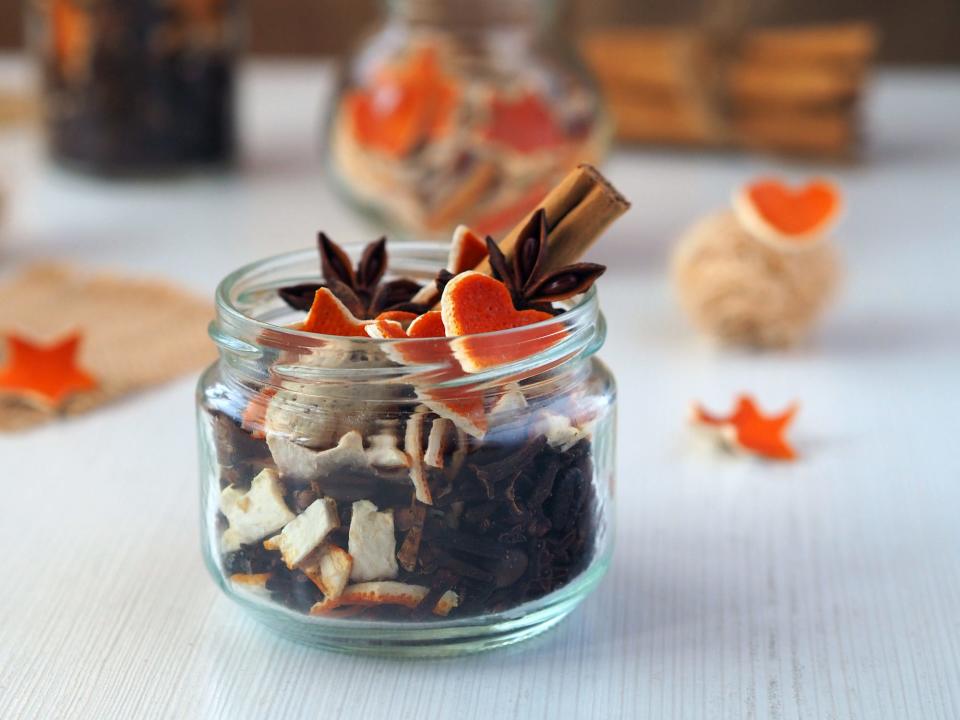
Similar to candles, burning incense produces smoke and an odor that can easily irritate any respiratory system. Likewise, the plant and essential oil materials used to create the incense can cause toxicity, especially if ingested.
Potpourri can likewise consist of a variety of plant and herbal materials that are often difficult to identify. Some of the matter in dry potpourri can not only be toxic on its own when ingested, but the small hard bits in the mix can cause blockages.
Air fresheners
Similar to potpourri and incense, it can be next to impossible to identify all of the ingredients in air fresheners and sprays. This poses a major risk that is difficult for pet owners to calculate as many ingredients in these sprays are not listed.
Exposure has the potential to cause anything from respitory irritation to organ damage.
Essential oils and diffusers
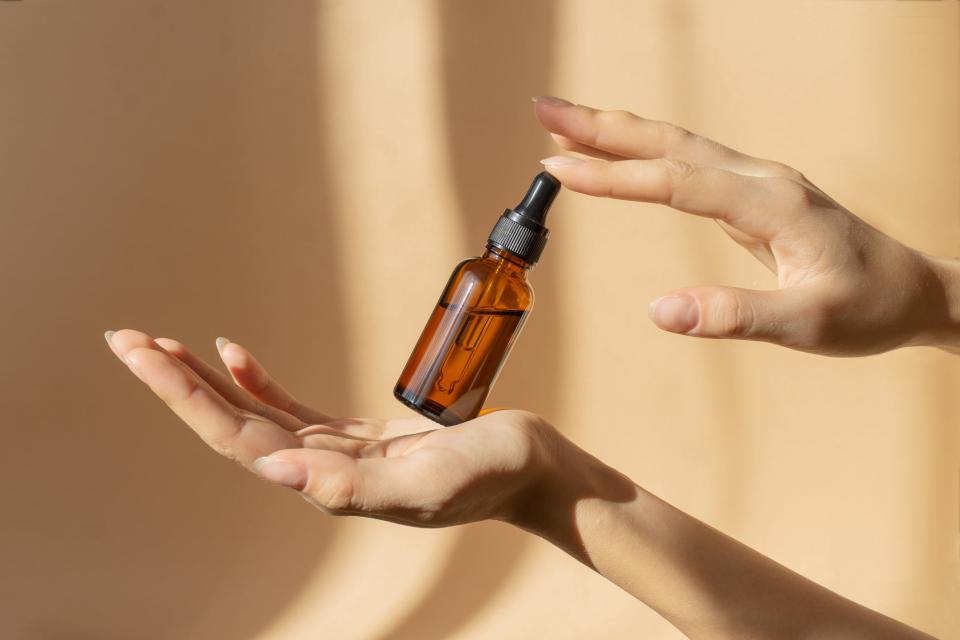
Essential oils and diffusers are by and large to be used with extreme caution around pets. There has not been much research on their impact, but organizations such as the ASPCA and Pet Poison Helpline advise erring on the safe side when it comes to keeping them in your home. It takes direct exposure to only 7 drops of tea tree oil to cause toxicity, for example.
Some animals, such as birds, should never be exposed to any oils or diffusers due to their hypersensitive respiratory system and others, like cats, are particularly sensitive to their presence, as their livers are unable to break down the oils.
The concentration and type of oil is important when it comes to determining how safe it is to have around your pets. Oils can be easily ingested even if your animal doesn't directly lap a puddle of the stuff up: it can get on their fur, for example, and then be groomed off into their mouths.
This can cause digestive issues, neurologic problems, stomach ulcers, kidney and liver damage and even organ failure and death.
While it has become trendy in some online circles to treat ailments in pets with the "natural remedy" of essential oils, they should never be applied without direct advice and supervision from a certified veterinary. Likewise, highly concentrated oils should never be applied to skin, fur or administered orally, as rapid absorption of these substances can prove deadly.
Diffusers can be used in some case with discretion and care. Passive diffusers, or those that evaporate the oil to distribute the scent, can cause respiratory irritation, whereas active diffusers, those that also release droplets of the oil itself into the air, can send these drops flying onto animals' skin or fur, allowing it to be absorbed or ingested.
Because of this, either kind of diffuser should be used for short periods of time away from your pet, ideally in a different room or area of the house.
Oils most toxic for dogs:
Cinnamon oil
Eucalyptus oil
Pennyroyal oil
Pine oils
Sweet birch
Tea tree oil
Wintergreen
Oils most toxic for cats:
Cinnamon oil
Citrus oil
Clove oil
Eucalyptus oil
Pennyroyal oil
Peppermint oil
Pine oils
Sweet birch
Tea tree oil
Wintergreen
Ylang Ylang oil
World's largest dog breeds: Largest dog breed in the world? Meet the Guinness record holders and the runner-up pups
Plants

While potted plants placed in your home or greenery planted outside the home can be a festive part of any holiday season, certain seasonal plants and vegetation can pose a real problem for the animals in our lives. In order to keep our pets safe, it is best to search any plant before you bring it into your home or plant it on your property and keep dogs on a short leash while out for walks.
Autumn Crocuses, also known as Meadow Saffron, fall Crocus, and "naked ladies," are beautiful purple bulbs that bloom in the fall. While appealing to the eye, they contain the chemical colchicine that is highly toxic to both dogs and cats. All parts of the plant are dangerous and pets should not be allowed anywhere near the pretty plant.
Mums, also known as Chrysanthemum, are popular perennials thanks not only to their lovely appearance but their relatively easy upkeep and tendency to bloom in the fall when many other flowers have already disappeared for the season. These fall blooms contain sesquiterpene, lactones and pyrethrins, which are toxic to cats, dogs and horses and can cause symptoms such as vomiting, diarrhea, hypersalivation, incoordination and dermatitis,
Acorns, specifically those shed from oak trees in the fall, are a perhaps unexpected danger. While many of us enjoy crunching them beneath our feet, pets crunching down on them are exposed to tannins, which can irritate the digestive tract. Horses and other grazing animals are especially susceptible to long-term damage, as they may consume acorns in a large enough quantity to cause kidney damage.
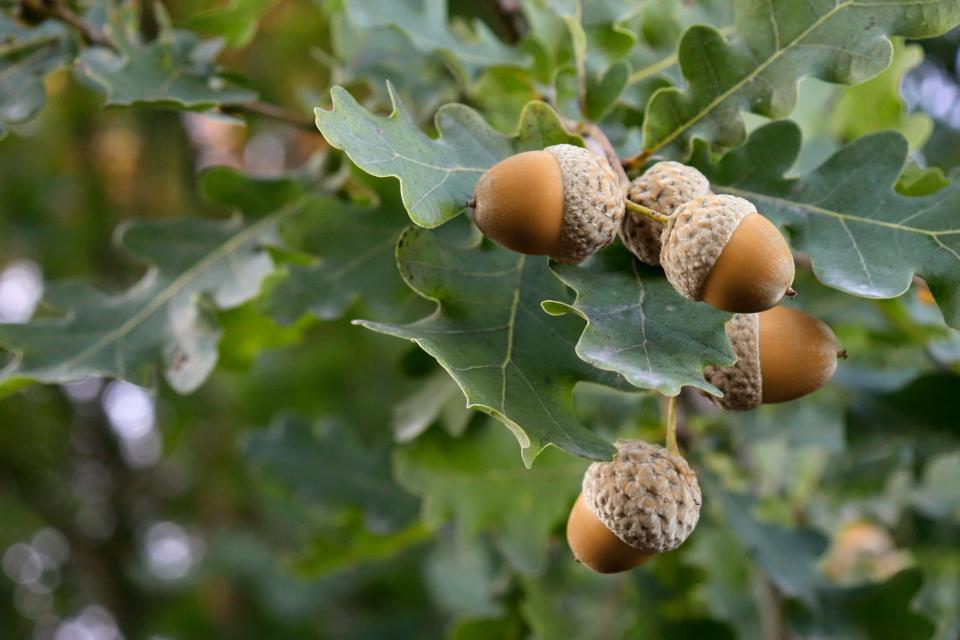
Compost bins or piles of decaying vegetation, food or other organic material such as leaves may seem benign, but carry the possibility of developing tremorgenic mycotoxins, mold that, when consumed even in small quantities, can cause tremors or seizures.
Red maple leaves are highly toxic to horses. As little as one pound blown into their pasture can result in hemolytic anemia if ingested, causing red blood cells to rupture and resulting in weakness, pale gums, an elevated heart rate and shock.
Rayless Goldenrod are likewise dangerous to horses and primarily bloom in late summer and fall. Exposure to toxin trematol can cause disorientation, muscle weakness and tremors, elevated heart rate, cardiac arrhythmias, fluid accumulation, profuse sweating, inability to swallow and death.
Ginkgo Trees produce appealing yellow leaves in the fall but the female trees also have the potential to shed seeds, which contain ginkgotoxin and are toxic to pets. If consumed, the female seeds can cause vomiting, irritability and seizures.
Mushrooms are plentiful in autumn and are by and large safe for animals to consume. However, the average pet owner is not able to positively identify the type of a wild mushroom in front of them, some of which contain poisonous compound muscarine. Mushroom toxicity can cause vomiting, diarrhea, slow heart rate, respiratory problems, liver/kidney damage, or neurological symptoms that can result in death.
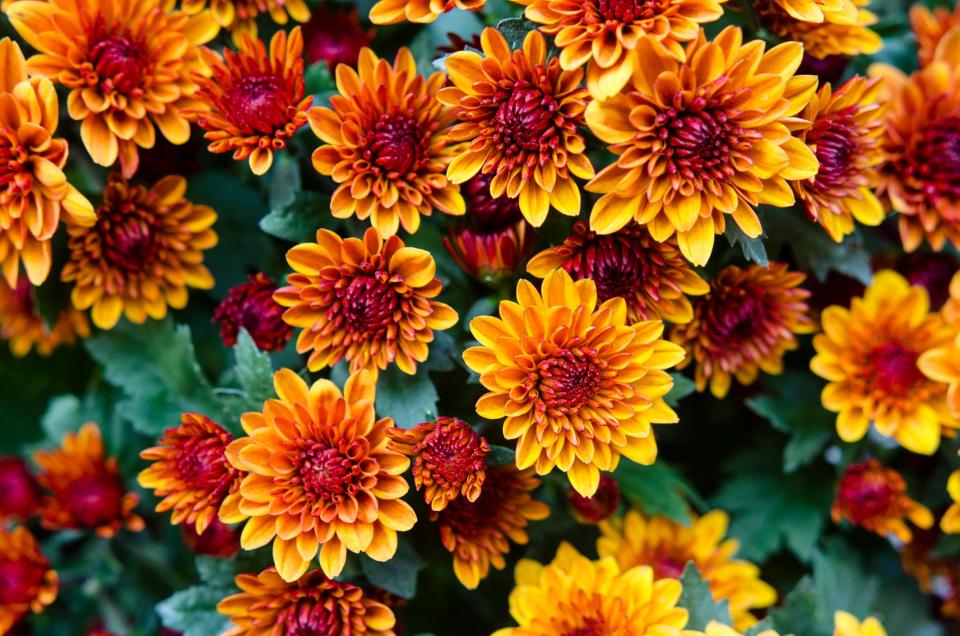
Can horses enjoy a swim? Horse swimming: yea or neigh? Here's what to know before you ride your horse in water.
Outdoor dangers and pest control
Antifreeze is a major cold-weather threat that pet parents need to keep an eye out for every year. Antifreeze has historically been known for attracting animals thanks to its sweet taste, which many manufactures tried to combat starting in 2012 by adding a bitter component. It is colorless, odorless and often leaks from cars, leaving behind puddles for animals to lick up and step in then lick from their fur later. It contains ethylene glycol, which causes major damage to the gastrointestinal tract, liver, brain, and kidneys. The American Association of Poison Control Centers has found that ethylene glycol is the number two most common cause of fatal poisonings in animals.
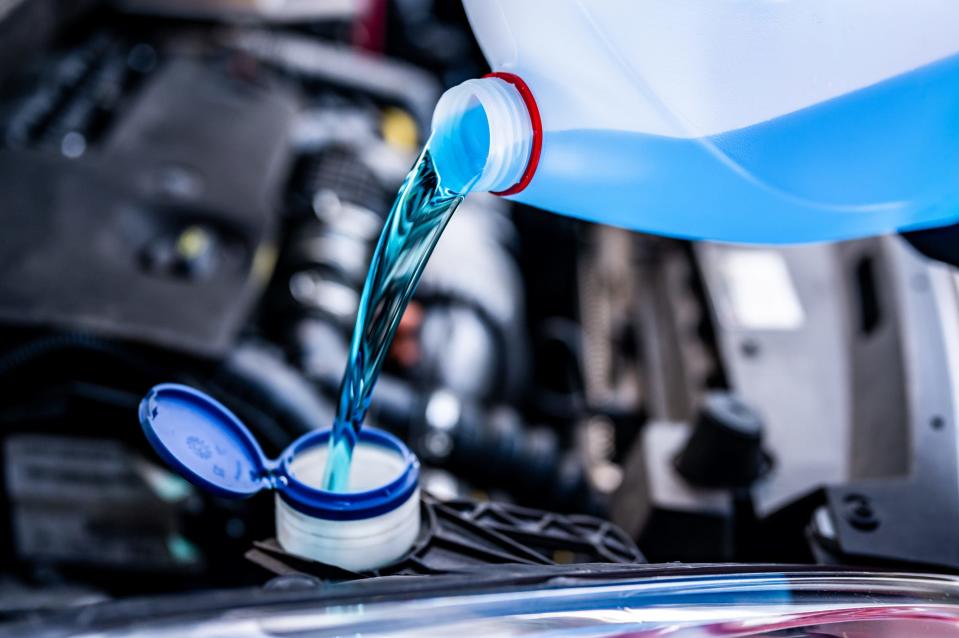
Mothballs are often used to keep bugs out of storage areas, meaning they can become a factor during season changes. Mothballs contain insecticides napthalene, paradichlorobenzebe (PDB), and/or camphor, all of which are especially toxic for dogs. Ingesting these can cause vomiting, lethargy, anemia, liver and kidney damage or death.
Traps and poisons meant for mice, rats, bugs and other unwanted critters if meant to poison vermin and pests, can also be poisonous for your pets. Many of the products easily found on store shelves, like over-the-counter Warfarin rodenticide, are extremely toxic and easily fatal, as they damage the ability for blood to clot in the body. Left untreated, symptoms can quicky escalate from coughing, difficulty breathing, rapid breathing and swollen joints to bleeding from the nose, mouth, rectum, and death.
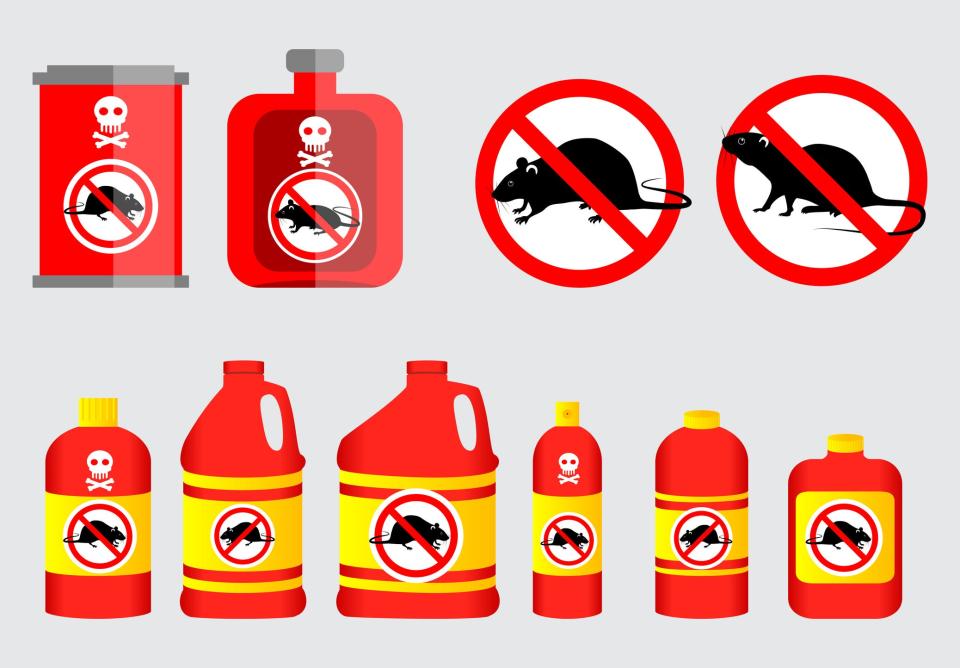
First-ever parvo treatment: First-of-its-kind parvo treatment may revolutionize care for highly fatal puppy disease
What to do if your pet may have been exposed
If you even suspect your pet may have been exposed to or ingested a toxin or something else they shouldn't, it is important to act fast. There are many common symptoms to indicate your pet may be in distress, regardless of what they have gotten into. These include:
Vomiting
Diarrhea
Drooling
Lack of appetite
Increased thirst and urination
Pale gums
Coughing or vomiting up blood
Nosebleeds
Blood in the stool
Racing heart rate
Weakness or lethargy
Collapse
Confusion
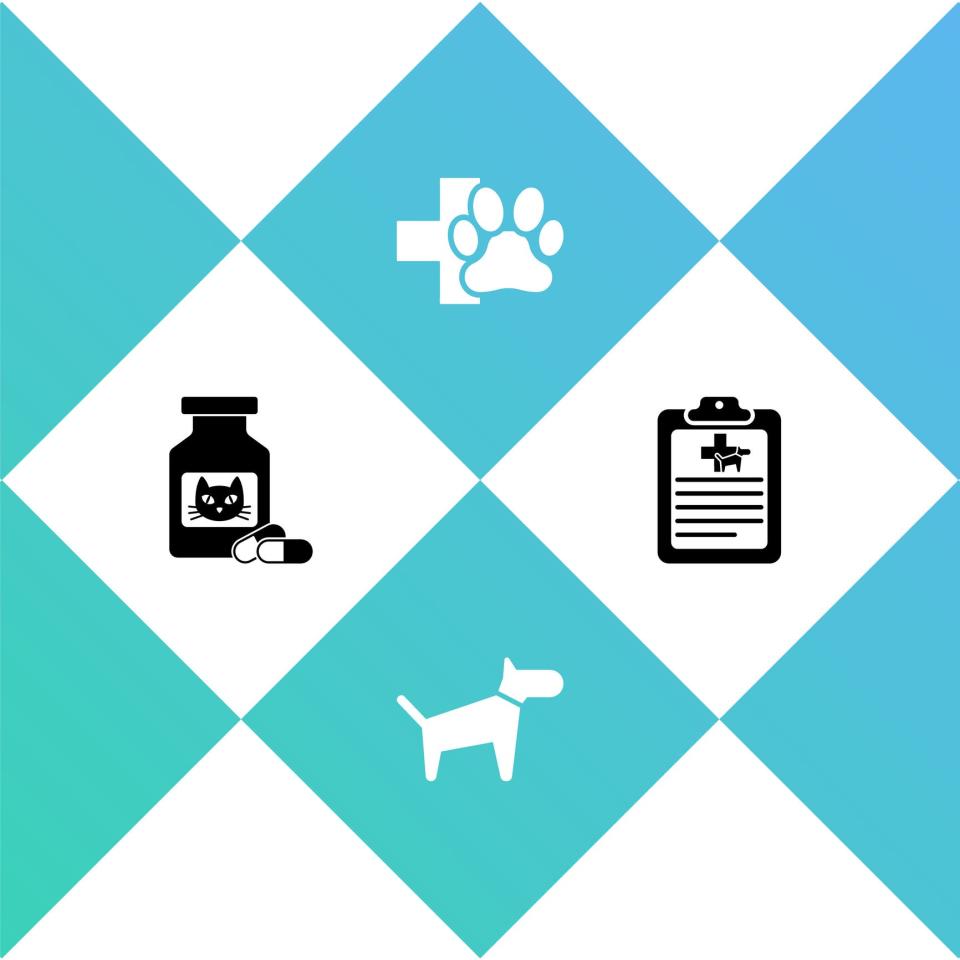
There are two 24/7 pet poison hotlines that pet parents in the U.S. can call.
The Pet Poison Helpline is available year-round at all hours and has professional staff ready to field calls for all types of animals. While there is a $85 fee paid upfront when you call, this fee includes all follow-up consultations for both the medical team and the pet owner.
The Pet Poison Helpline can be reached at: 1-855-764-7661.
Likewise, the ASPCA offers their own poison control center. Also operating 365 days a year 24/7, the call line likewise can consult on all kinds of animals, also for a $95 fee.
Call the ASPCA Animal Poison Control Center (APCC) at 1-888-426-4435.
If it is after hours and your veterinary office is closed, the next best choice is a 24-hour emergency vet. Locating one near you can be as simple as searching "emergency vet near me," and many primary veterinary offices will have an ER they prefer to work with, which they will list on their website or voicemail.
This article originally appeared on USA TODAY: These seasonal fall items pose a serious risk to pets in your home

